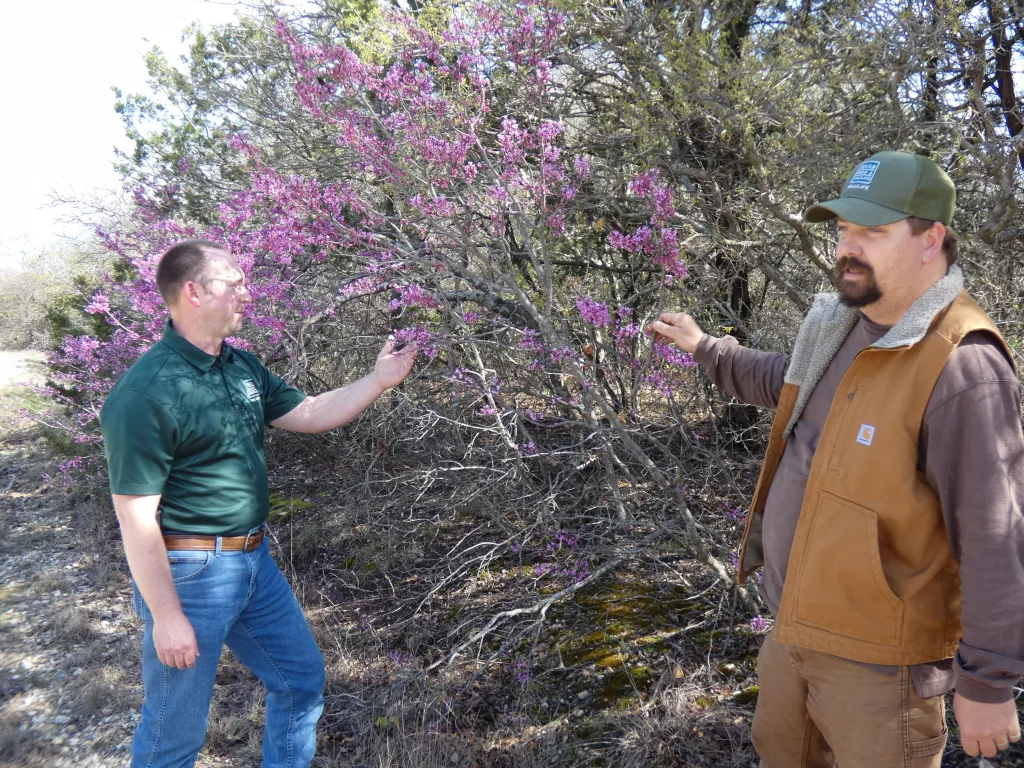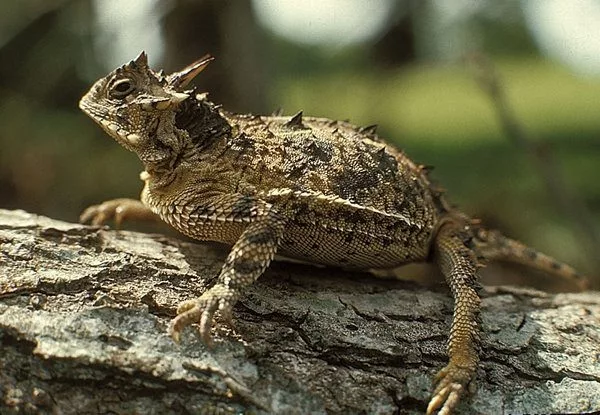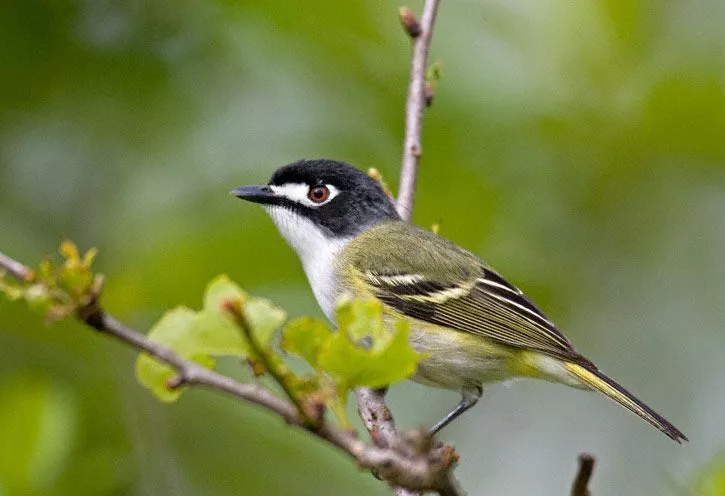Written by Mike Blagg
Published in the Central Texas Outdoors Guide magazine by Brownwoodnews.com for the 24-25 Season. Pick up a free copy of the magazine at one of our partner locations HERE.
Few people are aware of it, but the Texas Parks and Wildlife Department operates a wildlife management area in Brown County. It is called the McGillivray and Leona McKie Muse Wildlife Management Area and consists of 1,972.5 acres on County Road 478 in the northeast part of the county.
According to the TPWD website, the operation of the Muse WMA “includes the development and management of wildlife habitats and populations of indigenous and migratory wildlife species.” The Muse WMA also “provides areas to demonstrate habitat development and wildlife management practices to landowners and other interested groups; develop new techniques for managing wildlife populations and habitat through on-the-ground research designed for local issues and conditions; and provide public hunting and appreciative use of wildlife in a manner compatible with the resource.”

The land of the Muse WMA was originally part of the 6,000-acre Burns Ranch (founded in 1873), but during the Great Depression part of the ranch was sold to McGillivray Muse of Fort Worth and his wife Leona, who was from Brownwood and was the first woman to graduate from Howard Payne College. Muse was a wealthy man who decided to buy the land as an investment. He never lived on or worked the land, but instead leased it to local ranchers. After his death in the 1990’s his widow Leona offered to donate the land to the Texas Parks and Wildlife Department for a wildlife management and conservation area. The TPWD took possession of the ranch in 2006, after her passing.
Today the Muse WMA is one of fifty Wildlife Management Areas operated by the TPWD in the state, totaling some 748,000 acres. Devin Erxleben is the Area Manager of the Muse WMA plus two others. “The Muse WMA is part of what we call an ecosystem management project. We are funded by the use of Pittman-Robertson funds. That is the Federal Aid in Wildlife Restoration Act, that was passed years ago. These are the excise taxes on the sale of firearms, ammunition, and other sporting goods products, to be used for wildlife restoration.” Some state funding comes from the sale of hunting licenses. “Often times people are not real sure what we do in the Wildlife Management Areas, or how we fund our projects here. When they learn about the public hunting opportunities, and the funds that are generated from the sale of hunting licenses and where that money is being used to help improve habitats and help improve wildlife populations, then they get really excited.”
Cameron Martin, who has a bachelor’s and a master’s degree in wildlife management from Sul Ross State University, is the Wildlife Biologist at “the Muse.” He explained: “We serve as a research and demonstration site. Our main goal is to manage our native wildlife species and their habitats.” The Muse “gives us a laboratory where we can go out and test things that might be beneficial to our neighboring landowners. We are asking and answering questions on how to improve this type of environment, and then relaying that information to our landowners through workshops and publications.” The TPWD District Biologists directly relay that information to landowners.
For several years the Muse WMA conducted an experimental study on horned lizards, better known as “horny toads”. Plentiful in this area only a few decades ago, the horned lizard is rarely seen these days. So, in 2013 the TPWD translocated some of the creatures from areas west of San Angelo and attempted to establish a colony on the Muse. The site of the colony was suggested by Dr. Paul Burns, who remembered where he used to see horned lizards on the ranch as a child. (See nearby story on the Colonel Burns Ranch.) Martin and other staff radio-tagged the lizards so they could gather data on home range and lifespan. The horned lizards did very well the first year, not so well the second year, and worse the third year. Martin said they concluded that this land was perhaps too grassy for the lizards, but the biggest problem was predators. At first the predators were not a problem, because they were not used to eating horned lizards. But once the lizards were discovered, they became prey for raccoons, foxes, roadrunners, rodents, and snakes.

“One of the important things we learned about horned lizards was how we could apply habitat management to help manage for horned lizards and other species,” said Erxleben. “We learned a lot about their dispersal, diet selection, and predation. Now if a landowner is interested in horned lizards, we can make some habitat recommendations. It was a very beneficial study; we learned so much.” The horned lizard study at the Muse WMA was concluded in 2018, but Parks and Wildlife continues to study the little critters at another WMA in Mason County.
The Muse WMA conducts dietary and nutritional studies for White Tail deer. “The way we hunt deer, and the way we manage our deer populations in a lot of places, has made a perfect storm for the raccoon and feral pig populations to explode. We know that the advent of corn feeders has had an impact on our numbers of predators, particularly raccoons. You can’t run a deer feeder camera and not get pictures of raccoons.”
At the Muse they have managed land and cleared brush for wild turkey and quail, planted 65 acres in native sunflowers for dove (bees love it too), and established a 30-acre pollinator plot for Monarch butterflies.
Martin said they have discovered a rare bird, the Black Capped Vireo (until recently on the endangered species list) on the Muse, which migrates from its winter quarters in Mexico to Central Texas and Oklahoma. They are working to improve suitable habitat for the Vireo.

The Muse WMA is not open to the public, but limited public hunts for deer, dove, wild turkey, and feral hogs are conducted on the TPWD wildlife management areas, including the Muse. The hunts are popular, according to Martin, because the deer are plentiful and large. Interested hunters can apply on the TPWD web site in the summer, and names are selected by a public draw. The main focus of the public hunts on the Muse WMA is youth hunting, according to Martin, but adults can hunt also.
The northeast portion of Brown County is off the main roads and so is not well known by the general public. But it is a beautiful area full of hills, valleys, canyons and streams, a landscape unlike the rest of the County. Nestled in that environment, the Muse Wildlife Management Area is a hidden gem, working for the improvement of native wildlife in Central Texas.

Story written by Mike Blagg for the Central Texas Outdoors Guide magazine published by Brownwoodnews.com for the 24-25 Season. Pick up a free copy of the magazine at one of our partner locations HERE.